Some of the links in this post may be affiliate links.
I’ve had the pleasure of getting to know Veronica Oh Happy, the founder of Oh Happy Plants which is a company that specializes in innovative, sustainable, peat-free potting mixes for indoor plants. If being environmentally conscious is important to you, you will enjoy the Oh Happy Plants sustainable potting soil mixes!
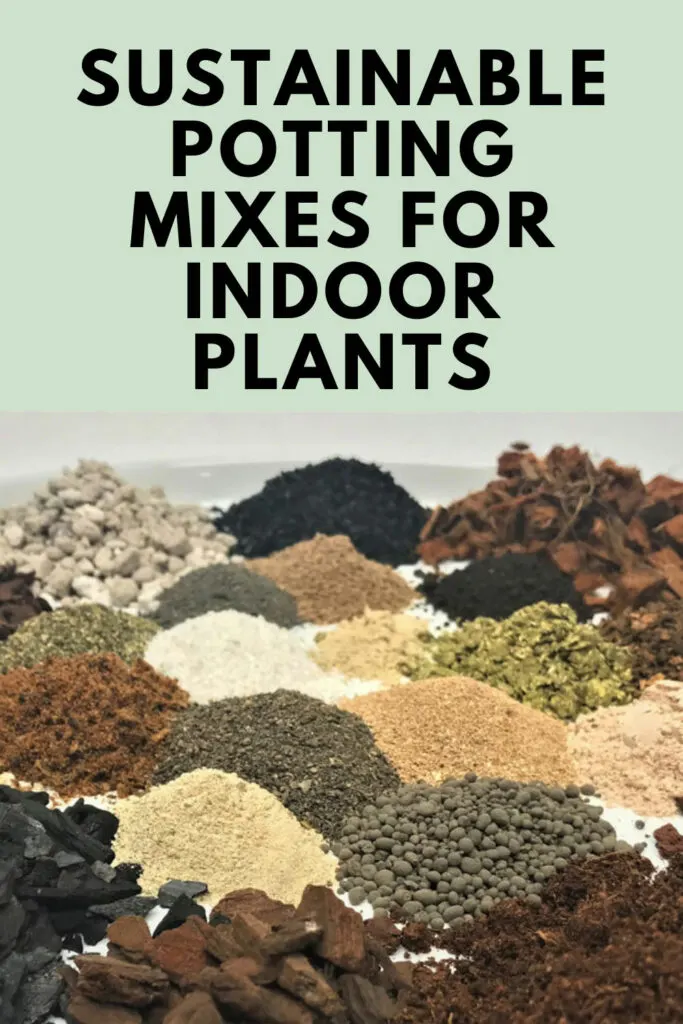
I’ve tested many of them and they are truly remarkable! I also share the same philosophy in houseplant care as Veronica, so I’m very confident in promoting Veronica’s products. They have the Ohio Tropics stamp of approval.
Here is the story behind Oh Happy Plants, and I will also include a link at the end of this post that will give you a 10% discount on their products.
Check out my interview below with Veronica to see what she has to say. I’m truly excited about these potting mixes and have seen great results with my own plants!
Table of Contents
SUSTAINABLE POTTING SOIL MIXES – AN INTERVIEW WITH VERONICA OH HAPPY
1. How long have you been growing plants? How did the plant obsession start?
I remember planting my first seeds when I was 5 or so, but I was probably helping my parents plant things before that. My son was helping me in the garden as early as 2, so I’d imagine it was the same for me. We’re a very plant-friendly family.
When I was 11ish I got my first houseplants that were entirely mine to care for. This included an asparagus fern, which is when I started learning that we need to match our plants to our personalities.
Sadly, Mr. Fern didn’t make it. Historically I’ve been a somewhat neglectful waterer. While I’m certainly better now, it’s only because I’m also a coach and a major fan of a good system 🙂
Through my 20s the number of plants I had went up and down with life changes, but since age 28 they’ve just increased.
That’s when I started working with an “interiorscape” company caring for plants in offices and lobbies, so a lot of rescues came home with me 🙂
Now I have north of 150 plants (inside; lord knows how many more outside), including some real monsters. It’s a jungle and I love it 🙂
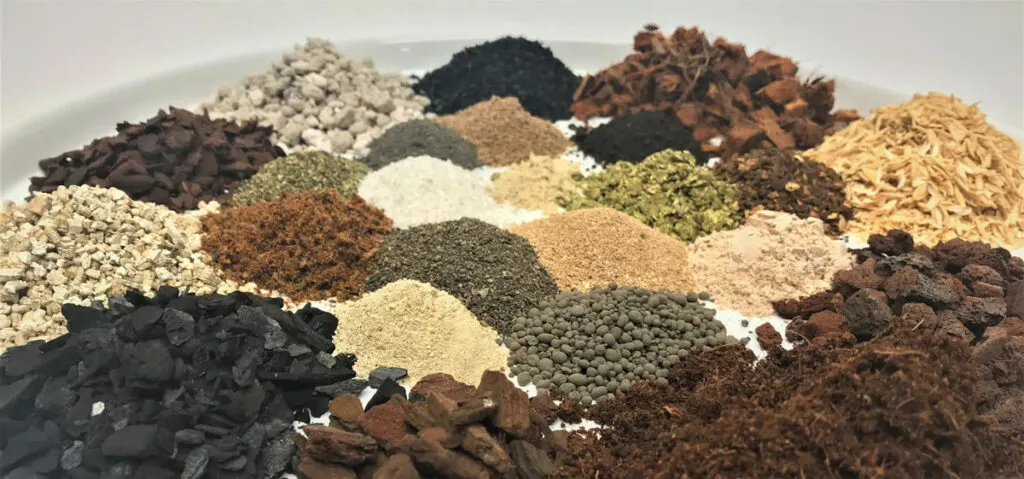
2. When and why did you start making your own potting mixes? What prompted that?
I’m one of those people who needs to know why – so during my years in interiorscape I was always noticing patterns of plant behavior and searching for answers online. Potting soil has a lot to do with plant health because the root system is essentially the plant’s “gut.”
If the soil retains enough water to successfully grow a plant in a field under a shade cloth in CA, it’s going to retain way too much when you put that same plant in a poorly-lit corner in a corporate office.
Understanding why plants are in what I call “nursery soils” helps us understand what plants need when we consider all of the changes when they move into a home environment.
Light decreases, airflow typically decreases, relative humidity changes, temperature usually decreases – all leading to decreased photosynthesis and growth, which equals less water used.
Now, I know you’re aware that watering deeply encourages a plant to grow a strong, healthy root system. The answer is definitely NOT to give a plant a teeny drink. The answer is to thoroughly wet the soil, but make sure the soil will only retain the desired amount of water.
So I got to researching soil ingredients, measuring water retention with a gram scale, figuring out how hydrogen bonds are affected by soil texture and ingredient combinations, and basically nerded out really hard to save everyone else the trouble.
3. How are your potting mixes different from traditional houseplant potting mixes? What makes them special?
The vast majority of potting soil was created for plants kept in containers outside. Most of these mixes were designed for annuals, too – plants that only survive for a year. So these soils don’t contain rock dusts or other ingredients.
They’re also super absorbent because plants outside have way more sun, heat, and wind, so they drink more water than our indoor babies. That leads to what everyone is calling “overwatering,” which is just another word for a soil that holds too much water for a plant to use in a reasonable period of time.
That led us to create 10 different soils (with quite a few more in development/testing right now). All of them are for different types of plants.
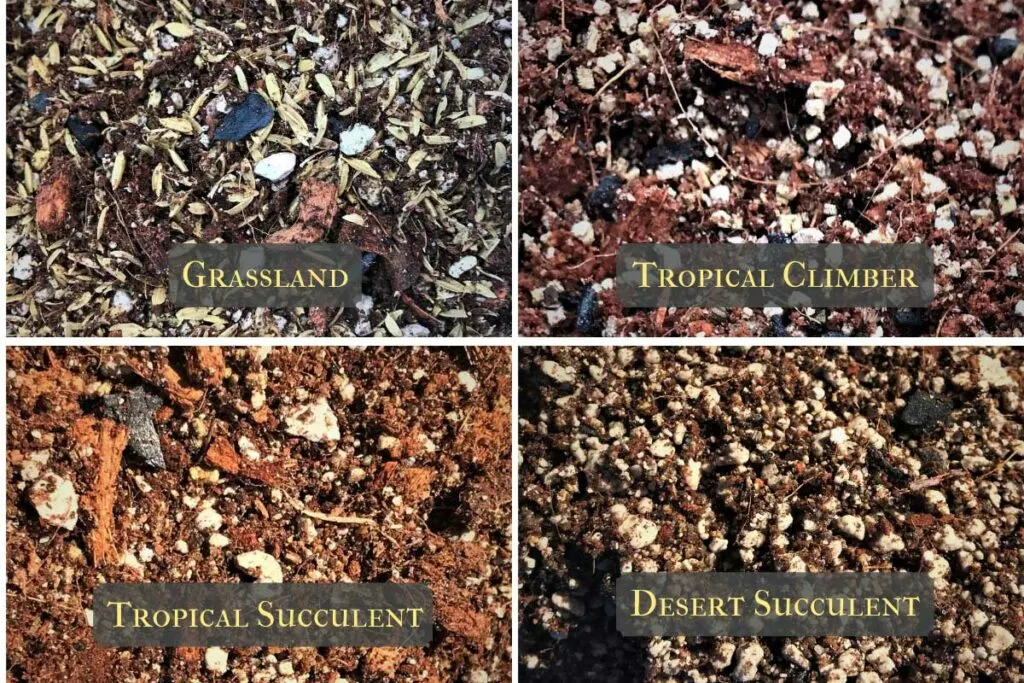
Soil composition takes water retention and root structure into account and also adjusts pH and specific ingredients based on what the soils are like where the plants are native. A pilea, native to the Himalayan foothills, adapted to growing in a different type of soil than a dracaena from the African savannah.
We take all of this into account when designing soils, and we adjust for the different adaptations plants make to life indoors, too.
4. Who can benefit from your potting mixes?
Really, our mixes are used as much by people with massive green thumbs and collections of super rare plants as they are used by complete beginners.
Often I hear of beginners trying Oh Happy Dirt and all of a sudden, they can keep a plant alive.
And botanists often email me raving about all the ingredients in our mixes, because even the typical “specialty aroid soil” hand-mixed and sold on Etsy is full of less-than-awesome ingredients and is missing key things.
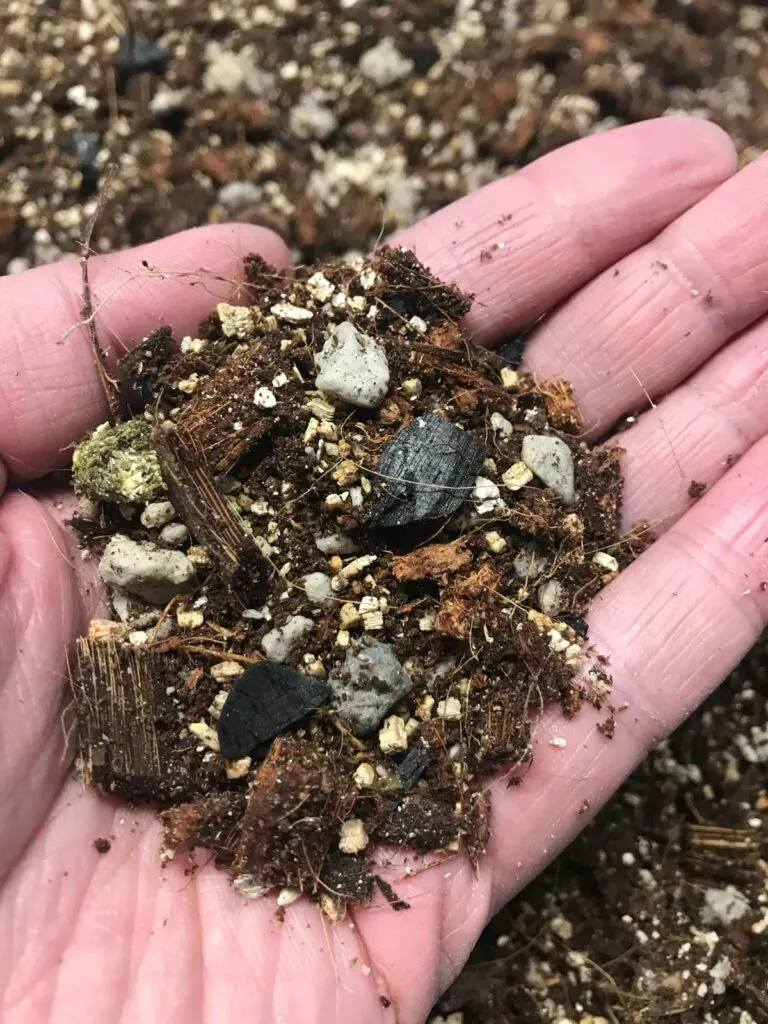
5. For someone that would be new to using your potting mixes, what are some things that they should know?
There are a few big differences. First, know that they hold less water than your standard giant bag of soil from a garden center. You may find that you water more often if you were used to watering once a month.
Next, we include a mycorrhizal inoculant in our soils. This is basically like a probiotic for your plants – beneficial fungi colonize the root zone and help to break down all the tasty stuff we put in the soils.
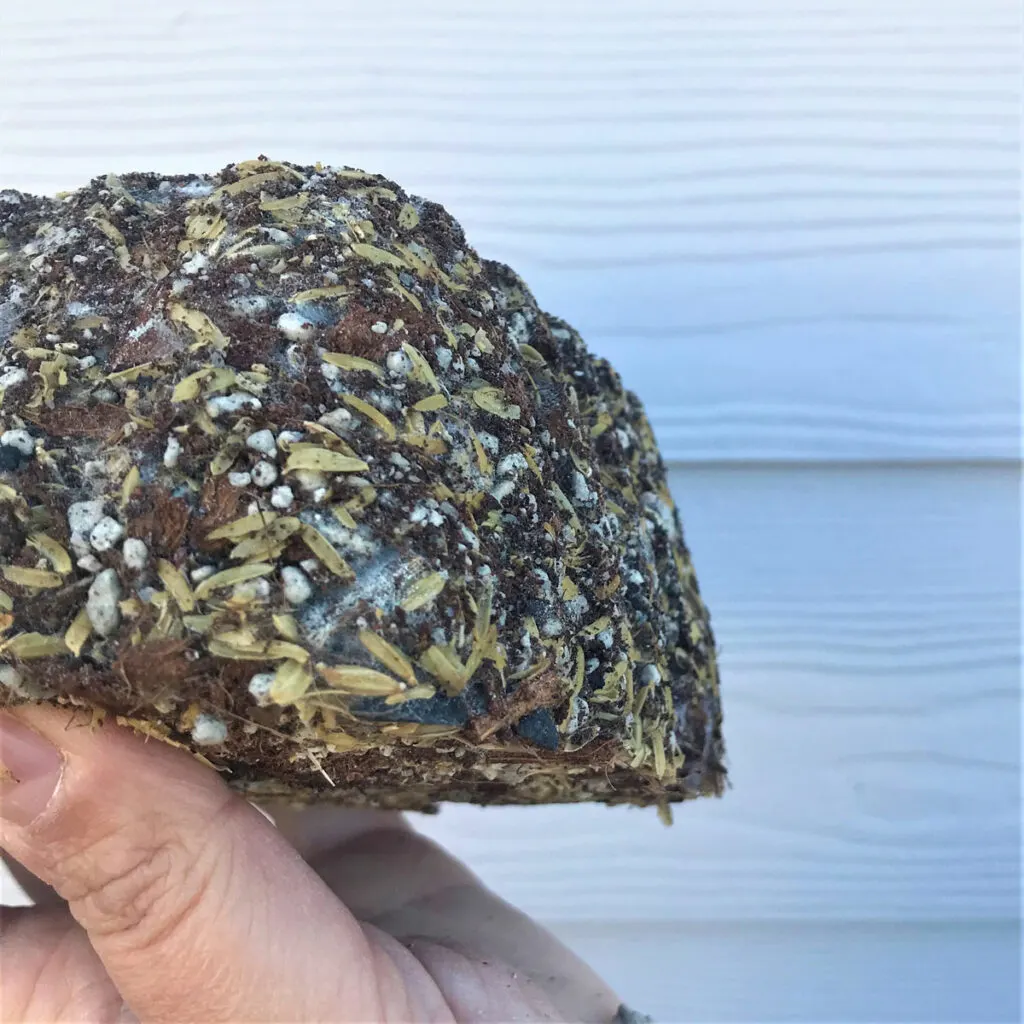
Your plants will actually exude sugars and lipids around the roots to attract this fungus – they definitely want them there! You should be aware that you’ll see some white fluff on the surface of the soil or in the bag. A lot of people mistake it for mold, but this is just the mycelial hyphae.
You’ll see it start as white fluff, then sometimes it changes color to orange, yellow, blue, green, or even brown/black! If it bothers you, just stir the surface of the soil. After a few weeks it stops growing above ground and stays down in the pot 🙂
Fun fact: mycelium makes up 25% of the world’s biomass! That means that if you put every living thing (every bit of plankton, every shark, every blade of grass, all the compost, every speck of living or dead material) on earth into a big bucket, 1/4 of it would be mycelium.
Totally insane, right? Mycelium powers the earth, and it’s one way plants communicate with each other. So it only makes sense to include it in our soils.
The last thing is that many of our blends include rice hulls. We don’t boil these (which kills any seeds) because that causes the soil to break down more quickly, and we want your soil to last.
So you may see some rice sprouting in your plants after repotting. You can either pull these out, shove the little grasses into the pot so it decomposes as a ‘green manure,’ or let them grow.
Congratulations, you’re a farmer now!
6. What are your most popular products? You also have products other than potting mixes.
Our first product, Plant Bath, was definitely our most popular for a long time. It’s a foliage cleaning product that leaves a nice glow on the leaves, but it won’t clog pores or look artificial like mineral oil-based leaf shine products.
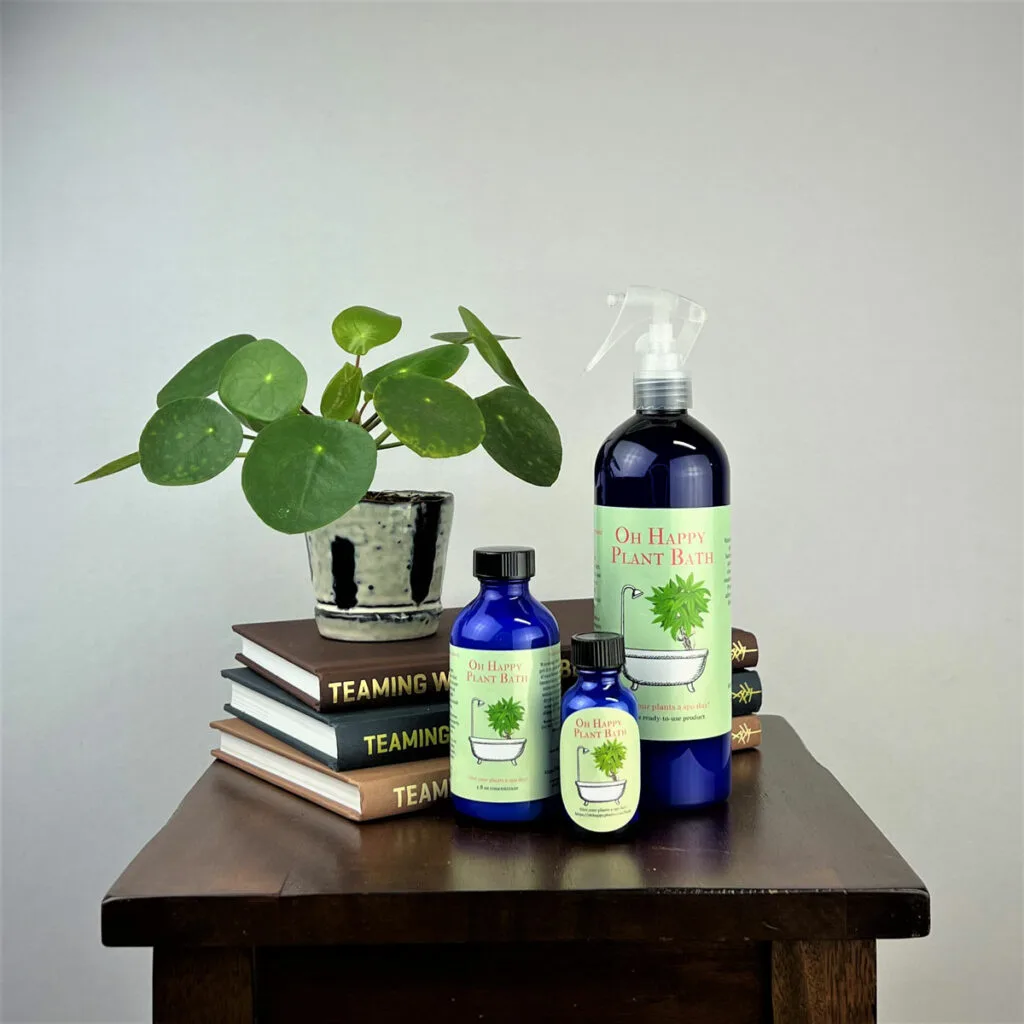
I absolutely love this product and use it all the time at home. I also use my lambswool houseplant duster for cleaning. These two products are all you need, plus a teeny bit of elbow grease!
We also carry everything from bypass pruners to our Habitat Blends. These are the same ingredients we use in our soils, but without the coir and other soil components. If you’re mixing soil at home you can add some Oh Happy Plants magic to your mix 🙂
7. What product are you most proud of?
This isn’t really a product: we’re completely dedicated to our customers. From the podcast for information sharing to our approach with customer service, we’ve built this company on a solid foundation and keep that as a top priority as we grow.
I absolutely love the people I serve – they’re amazing, and we just get to be human together. I’m so excited to continue serving this community 🙂
If you use this Oh Happy Plants special affiliate link*, you will receive a 10% discount on all Oh Happy Plants products.
* Please note that this discount does not apply to 5+ quart bags (substrates or soils) as these are already 30% off.
I hope you’ve enjoyed this post on sustainable potting soil from Oh Happy Plants. I recommend giving some a try and see how you like it! I’ve had great results, and I’m confident that you will too.

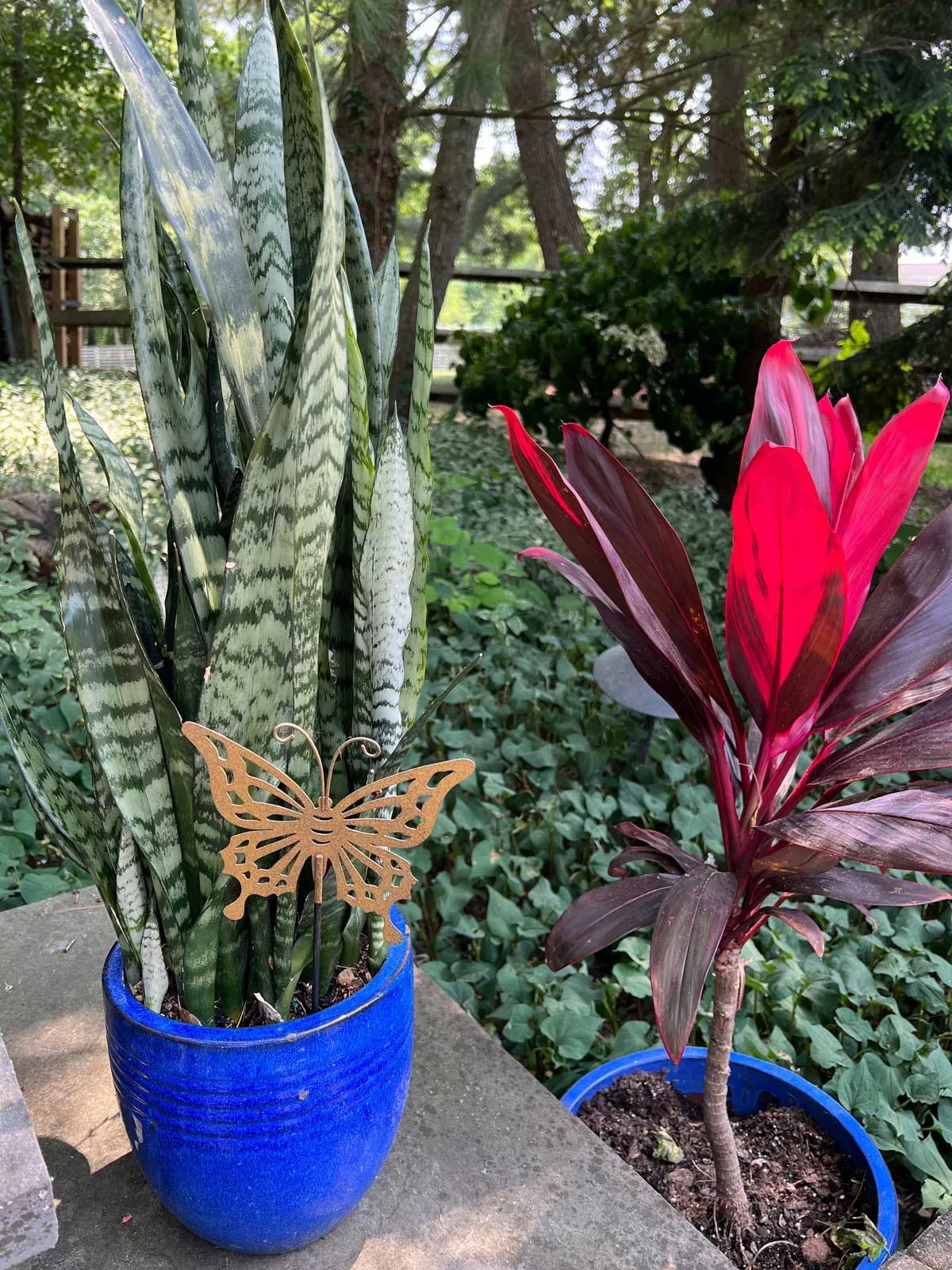
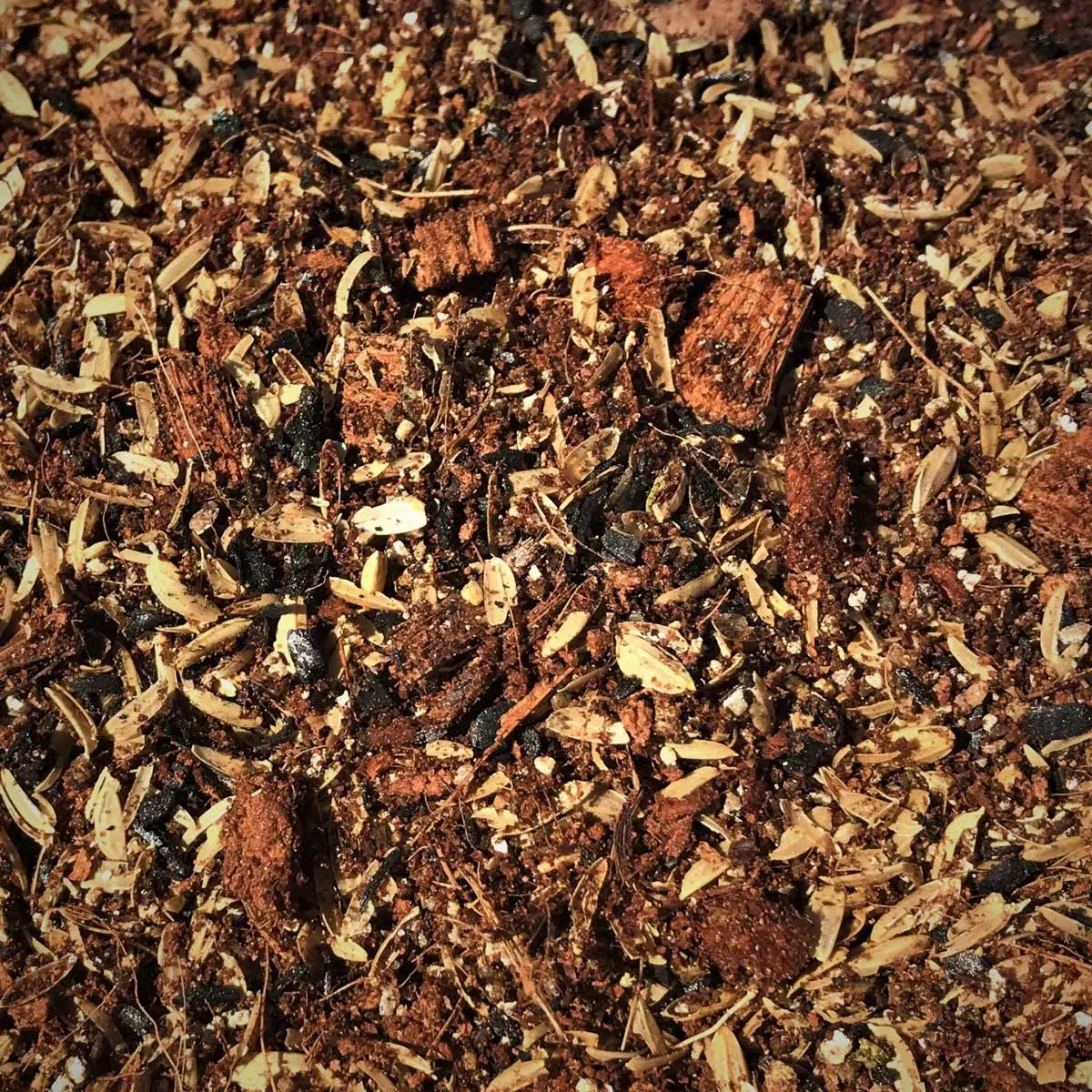
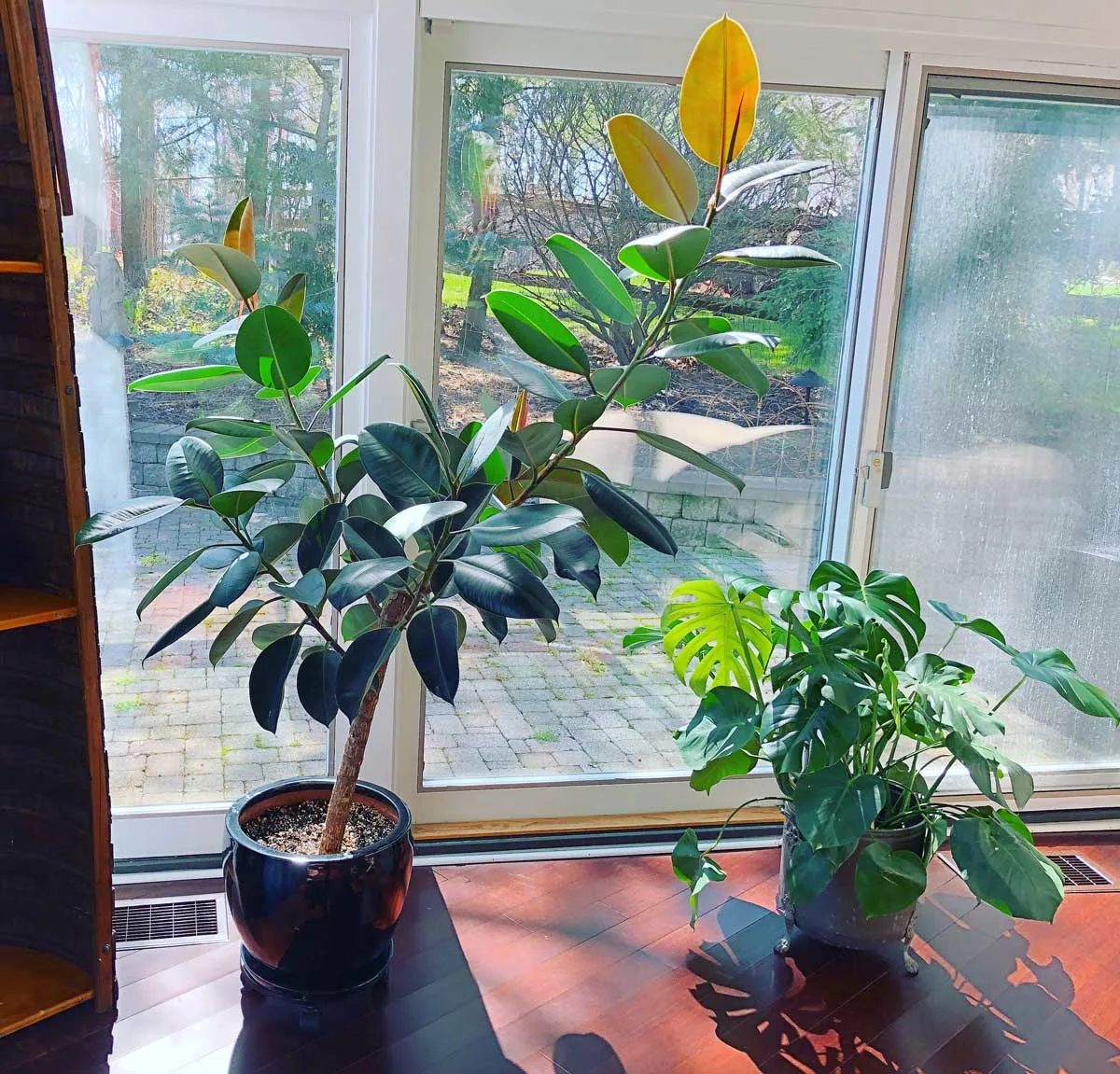
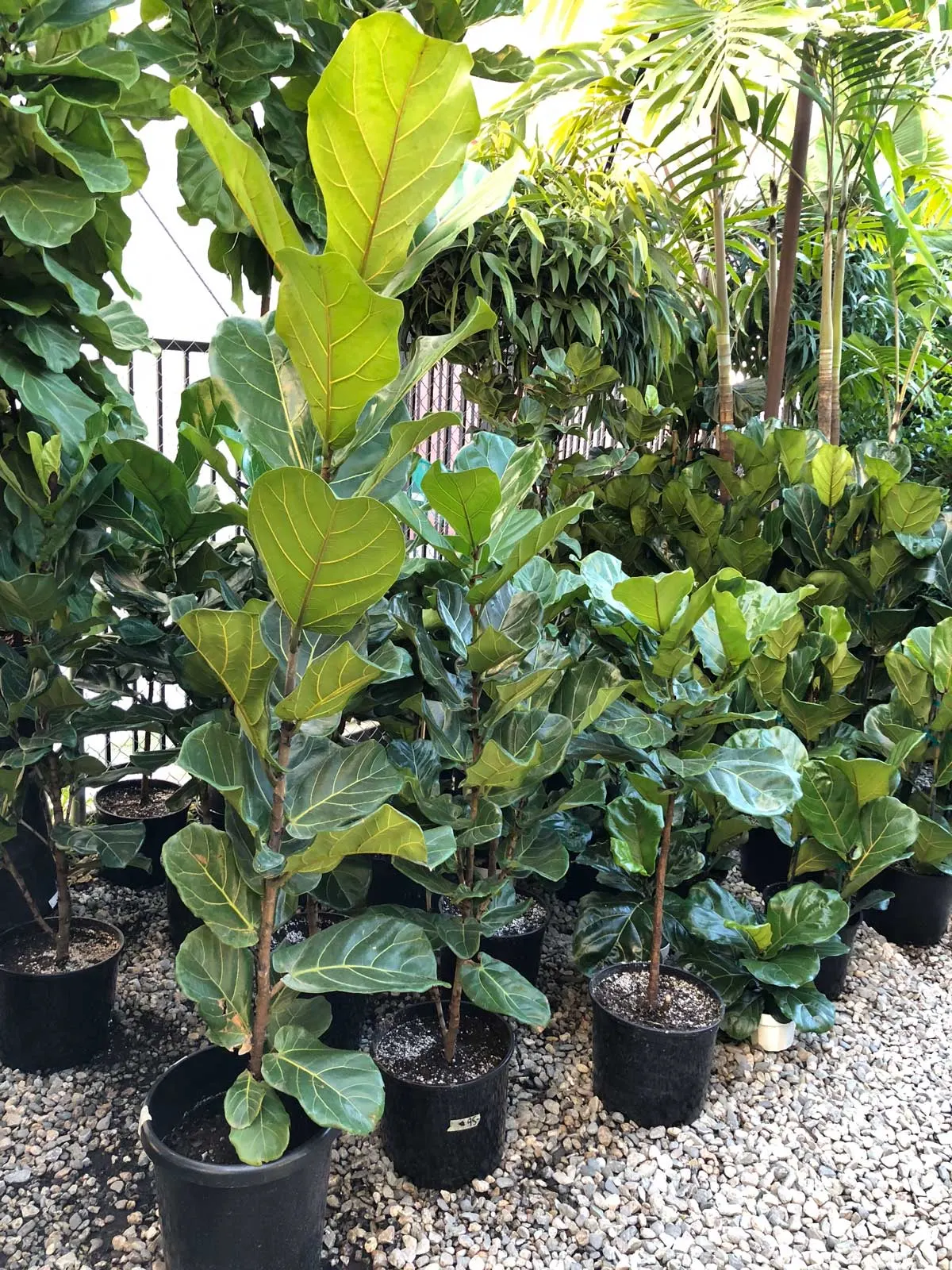
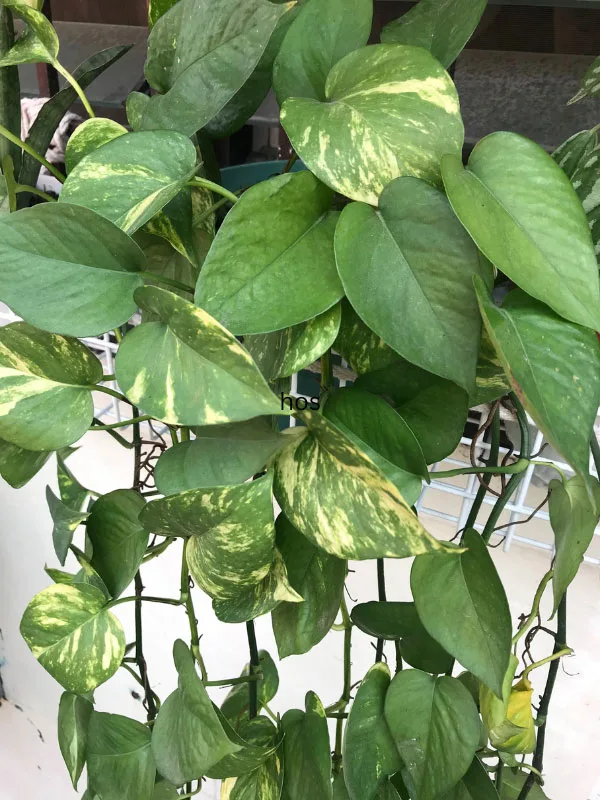
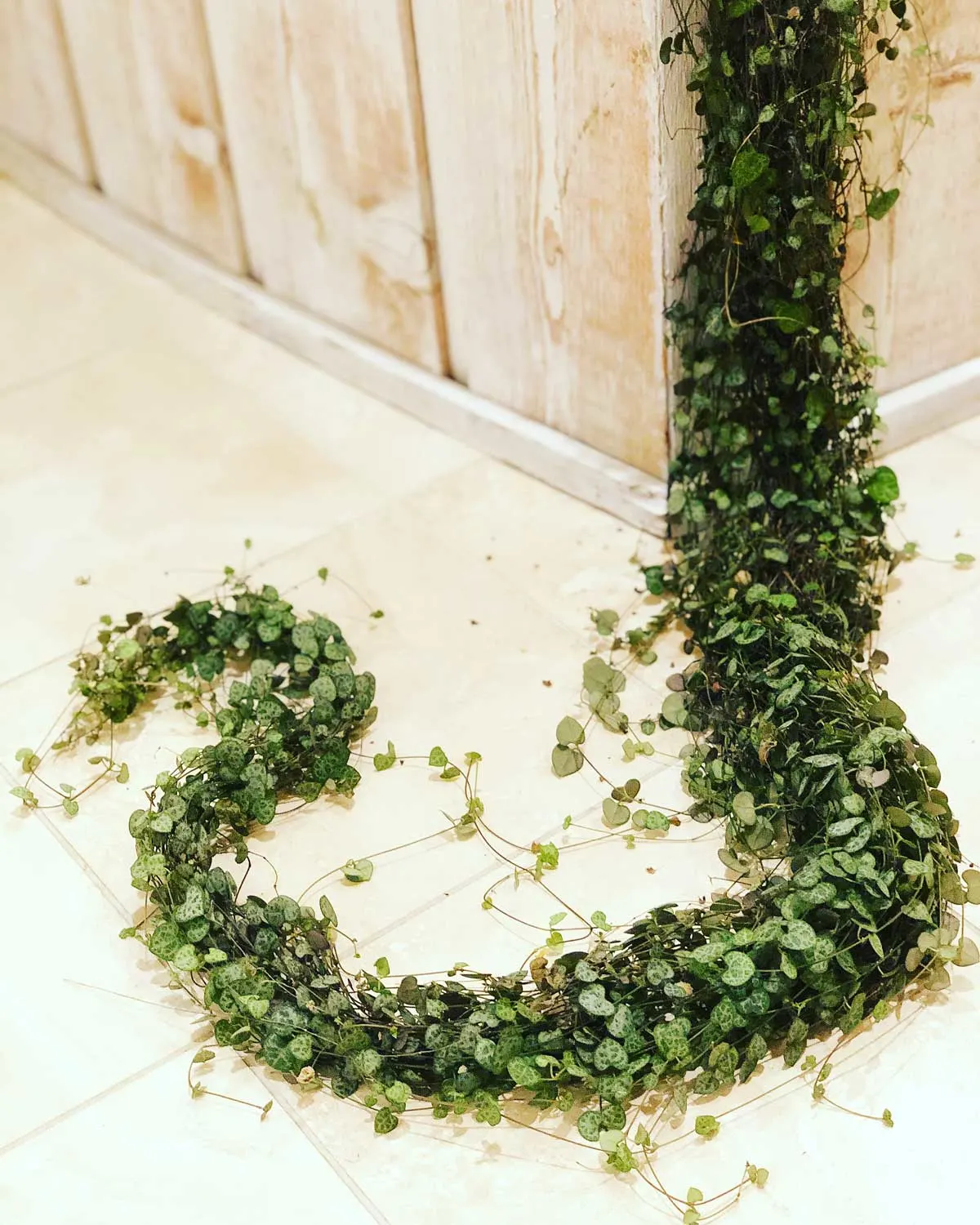
Paula
Friday 3rd of June 2022
Is there a breakdown of the different soils and recommended plants/use?
Raffaele
Sunday 5th of June 2022
Hi Paula, those posts will be coming soon :-) Stay tuned.